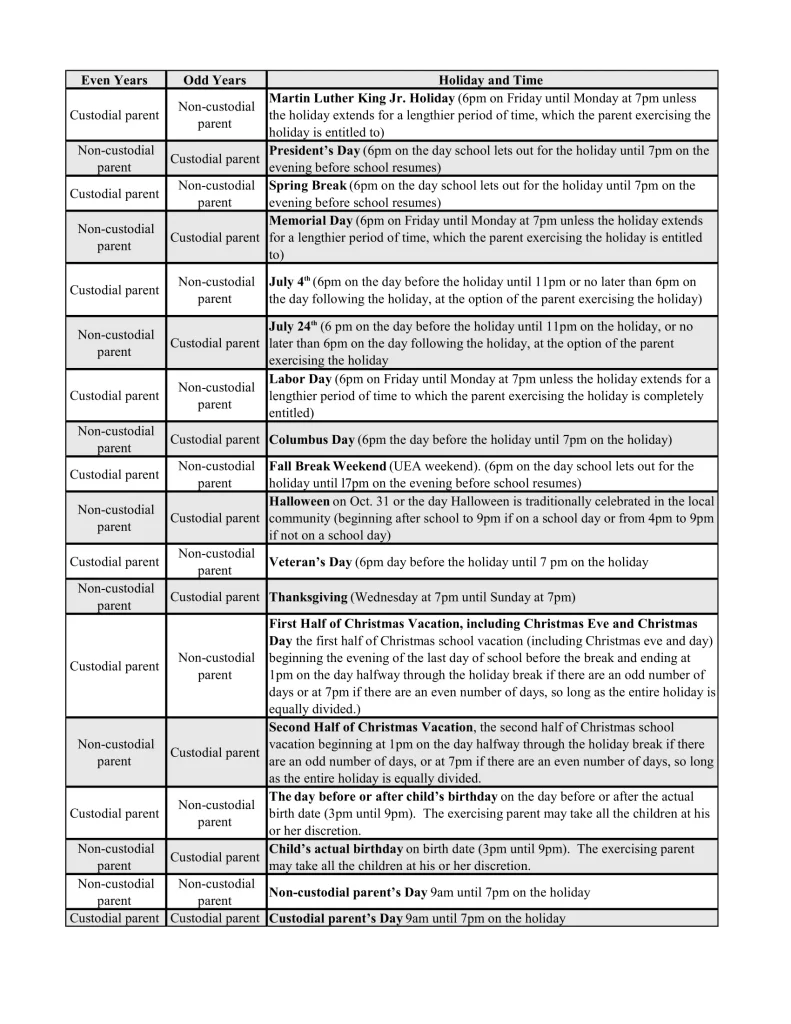One year ago this month, I stepped into my dream of establishing an integrative family law practice. I made the decision to shift from a litigation model to offering out-of-court resolutions where my clients have the option to work with mental health professionals, financial neutrals, and various other professionals in reaching the best possible outcome for their families. My practice now offers collaborative divorce, mediation, unbundled services, and assisted settlement negotiations.
Since 2009, after my second divorce, I realized how transformative divorce could be. I wrote about this in my first blog article but sometimes we are faced with a life experience that utterly breaks us. This can be in the form of a life-threatening illness, a death, lost job, divorce, or breakdown of an intimate relationship. For me, my second marriage utterly crushed me emotionally. But that experience forced me to look at myself, figure out the beliefs, patterns, and choices that no longer served me. I figured out who I was through diving deep into my beliefs, searching various spiritual philosophies, exploring Jungian archetypes, attending therapy, and writing into my pain. It was a difficult soul journey, but it opened my eyes to the opportunity that divorce offers in finding oneself and one’s life purpose. From this experience, I dreamed about approaching my law practice from an integrated/holistic perspective addressing the whole family system. I realized that my family law clients could benefit from an integrated team approach that involved working with collaboratively minded attorneys, mental health professionals, financial advisors, mediators, vocational advisors, spiritual advisors, meditation teachers, and other professionals.
In the 1970s, many medical professionals embraced a different approach to medical care, recognizing the need to treat the whole human system (mind/body/soul). The United States saw the introduction of meditation, acupuncture, Chinese medicine, homeopathy, naturopathy, biofeedback, reiki, massage, yoga, yoga nidra, shamanism, and many other practices. However, these practices were shunned by the traditional medical profession. Yet, 40 years later many of these practices have become mainstream. Courses in mindfulness, meditation, and yoga are now taught in medical and business schools worldwide.
I find that the legal profession is in a similar transition period right now. There are many alternative dispute resolution approaches to divorce, custody disputes, and other similar family law disputes where couples resolve their dispute outside of court. Some of these approaches have been around for 30 years. For example, mediation as an alternative to resolving issues in court started in the late 1970s/early 1980s. Yet, Utah did not adopt the mandatory divorce mediation program until 2005 and the Uniform Mediation Act until 2006. Now, a trial in a court divorce proceeding cannot be scheduled unless the parties have attended at least one session of mediation. In 2010, Utah was the first state to adopt the Uniform Collaborative Law Act [1]. However, the majority of the public does not know this approach exists and few attorneys in the state are trained in collaborative law.
Last year, I stepped off the “cliff” and dedicated myself to offering integrated approaches to resolving family law disputes outside of court. I still litigate issues at times, but my focus is helping clients discover a better way to divorce. What has been surprising is the reluctance and confusion from clients and other attorneys that I have experienced over the last year. Many clients respond when I inform them that my role is to help them reach a resolution outside of court with “Well, I don’t want to go to court.” But others assume their case will have to be litigated and they do not see a possibility of resolving their case out of court.
This year has been full of unlearning much of my legal training and redefining my role as an attorney. My approach recognizes the emotions that steer decision-making. Time is taken to explore what really matters to my clients. It does not shy away from conflict. It recognizes conflict as a means of discovering what really matters. When conflict exists between two people, it is because something of value is being threatened. How can parties reach their best possible settlement outcome without fully understanding what really matters to each individual?
It is a challenge to shift away from the traditional approach to conflict resolution and family law litigation. The easy path is to follow what has been done before. But it has been incredibly rewarding to work with divorcing couples in this new way. To witness couples signing agreements satisfied with the results. Couples who each feel heard and have confidence moving forward. I have no regrets in choosing a path that focuses on integrated approaches to family law disputes.

